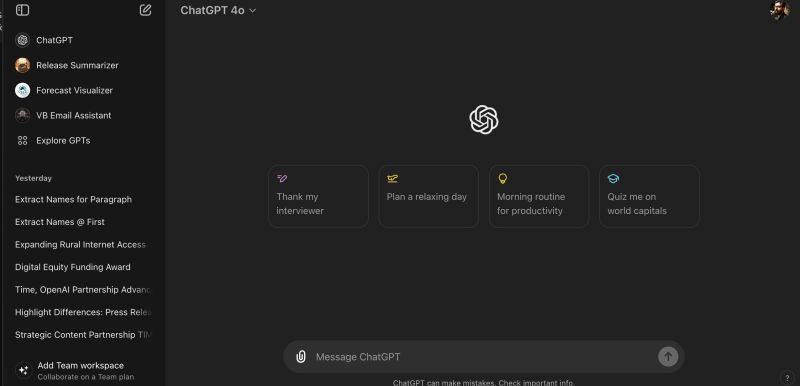Don’t miss OpenAI, Chevron, Nvidia, Kaiser Permanente, and Capital One leaders only at VentureBeat Transform 2024. Gain essential insights about GenAI and expand your network at this exclusive three day event. Learn More
The era of generative AI is here, ushered in by neural networks capable of generating new data, creating content and making informed decisions based on extensive training datasets.
But exactly what generative AI looks like is increasingly an open question: While ChatGPT ushered in a wave of similar chatbot-style, text-based interfaces, others including Hume AI and even OpenAI competitor Anthropic have taken alternative approaches.
Meanwhile, Google and Microsoft have augmented their search engines with gen AI and new gen AI content creation models such as Stable Diffusion, Midjourney, Runway’s Gen-3 Alphas and Luma AI’s Dream Machine have all offered even more interesting web-based interfaces and apps with dials, buttons, slider bars and other methods of controlling or influencing AI models to generate more specific outputs.
Thus, when it comes to gen AI user interfaces, while there may be some common elements — there is truly no “one size fits” all user interface paradigm. It’s all about fitting the gen AI model to the specific use case and desired output.
Countdown to VB Transform 2024
Join enterprise leaders in San Francisco from July 9 to 11 for our flagship AI event. Connect with peers, explore the opportunities and challenges of Generative AI, and learn how to integrate AI applications into your industry. Register Now
One thing is certain: to create impactful and user-friendly gen AI applications, product engineers and designers must consider their intended use case, user base and the questions they will have about how to make a model do what they wish.
VentureBeat will host a panel of experts discussing the future of AI at the VB Transform 2024 conference in San Francisco from July 9-11, 2024, featuring design, engineering, and product leads from gen AI companies including OpenAI, Microsoft and Pika, as well as more traditional companies that have embraced the tech, including CapitalOne, Pinterest, Slack, eBay, Zendesk and Wayfair.
Chatbots seek to keep it simple
ChatGPT by OpenAI
The one that started the gen AI era, ChatGPT’s streamlined design focuses on various task-specific tools, suggesting versatility in functionality. It offers features like summarization, planning and productivity aids, making it a comprehensive assistant for different needs.
Google Bard/Gemini
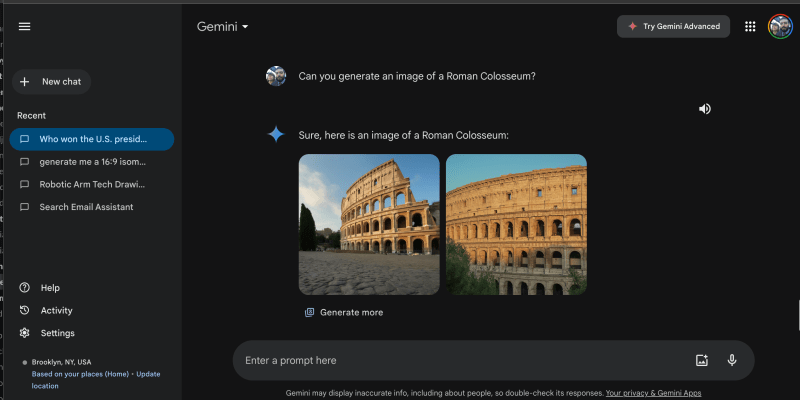
Google Bard, now known as Gemini, integrates AI-driven insights with powerful search capabilities. The interface is sleek and modern, designed to enhance productivity through contextual responses. This clean layout caters to both casual users and professionals, providing detailed information swiftly and efficiently. Its integration with Google’s search engine ensures users get precise and relevant results.
Hugging Chat by Hugging Face

Hugging Chat offers an interface tailored for developers and researchers. It provides extensive tools for interacting with and fine-tuning AI models. The modular design facilitates easy integration with various platforms, emphasizing flexibility and user control. This customization allows users to adapt the interface to specific needs, making it a powerful tool for those working on advanced AI projects.
Claude by Anthropic

Claude’s interface caters to technical users, featuring coding and development tools. Anthropic, the company behind it, recently updated its interface in a novel way with a new feature, “Artifacts” that allows users to see it compile code and even run full programs alongside their chat interface.
Microsoft Copilot
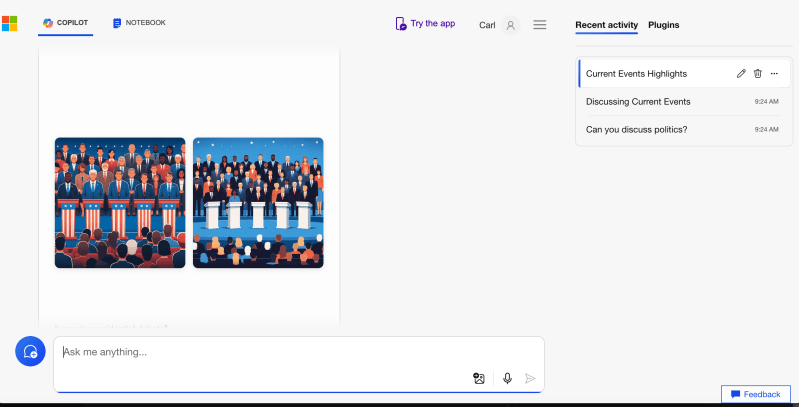
Microsoft Copilot is embedded directly into the Office suite, providing AI assistance within familiar applications. This seamless integration offers contextual help and content generation without disrupting workflow. Users benefit from suggestions and automation tools designed to enhance productivity, all within a smooth and cohesive user experience.
Pi by Inflection AI
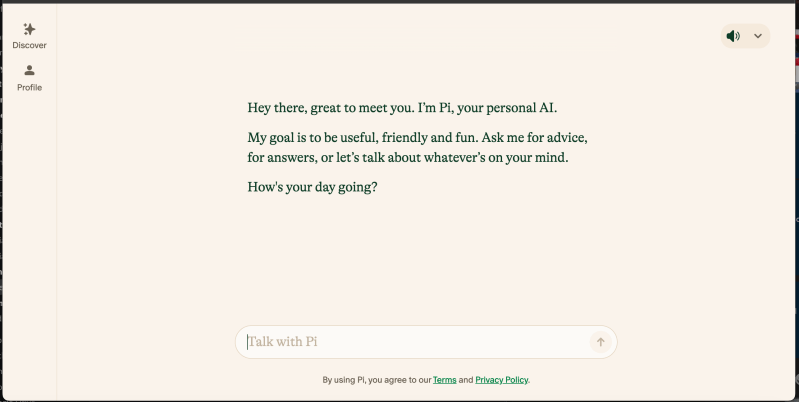
Pi AI is a conversational agent focused on personal assistance and information retrieval. Its clean and straightforward interface prioritizes text-based interactions, delivering quick and relevant responses. This simplicity makes it an effective tool for daily use, from managing schedules to gathering information swiftly.
Hume AI
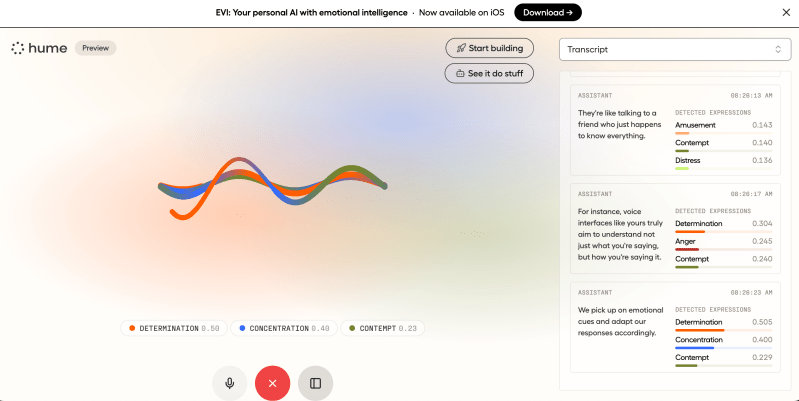
Hume AI distinguishes itself with its Empathic Voice Interface (EVI), the first conversational AI with emotional intelligence. Unlike traditional chatbots, Hume AI uses voice interactions, analyzing intonation, pitch, pauses and other vocal features to understand and convey human emotions. This capability allows it to respond more naturally and empathetically.
In Hume AI’s public demo, the interface displays detected emotions in real-time, providing a visual representation of the user’s emotional state. This advanced emotional understanding makes Hume AI suitable for applications requiring nuanced interactions, such as customer support, personal companionship and collaborative tasks. The startup, led by CEO Alan Cowen, aims to revolutionize AI interactions by integrating emotional intelligence into its core functionality.
Search Engines and Research Tools
NinjaTech
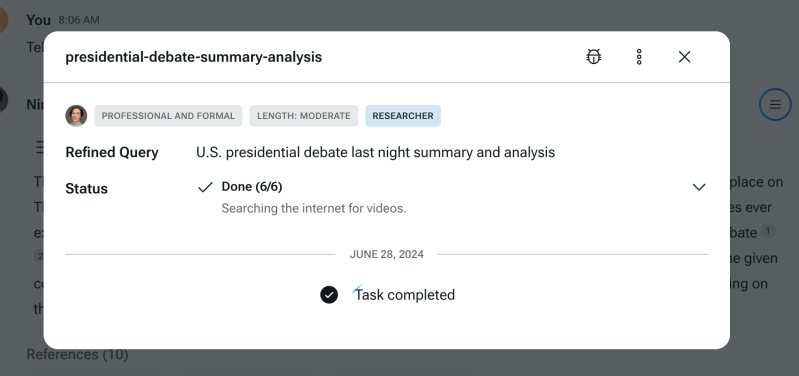
NinjaTech offers a streamlined interface for conducting academic and professional research. It includes advanced querying and data analysis tools, making it ideal for in-depth studies. The design focuses on efficiency and clarity, supporting extensive data manipulation and visualization. This interface is perfect for users requiring powerful research capabilities.
Perplexity AI
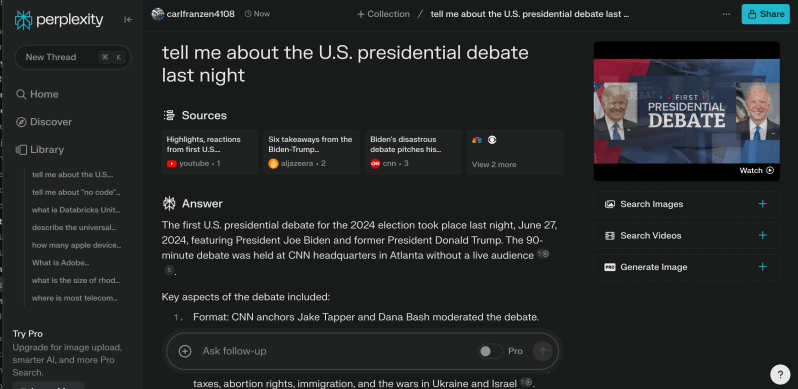
Perplexity AI combines search engine functionality with AI-driven insights. Its clean, minimalist design delivers concise and accurate answers to user queries. The platform also supports multimedia searches, enhancing its utility for comprehensive research tasks. Users benefit from a straightforward interface that simplifies complex search requirements.
Content Creation
Luma AI’s Dream Machine
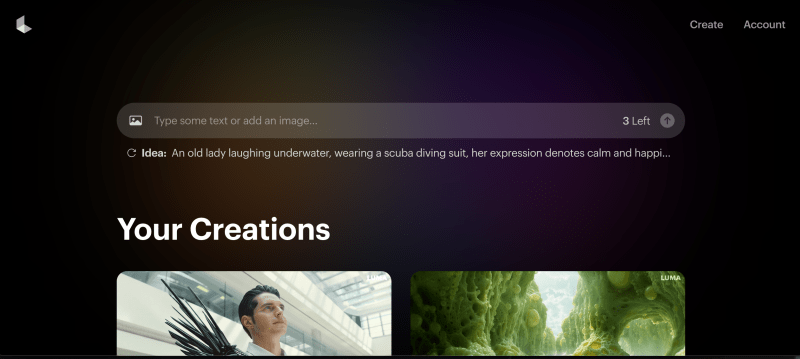
Dream Machine by Luma AI is designed for visual creativity, offering tools for text-to-video and image-to-video generation. The interface is visually driven, with an emphasis on ease of use. Users can quickly generate and edit videos, making it an excellent tool for creative professionals seeking efficiency and quality.
MidJourney
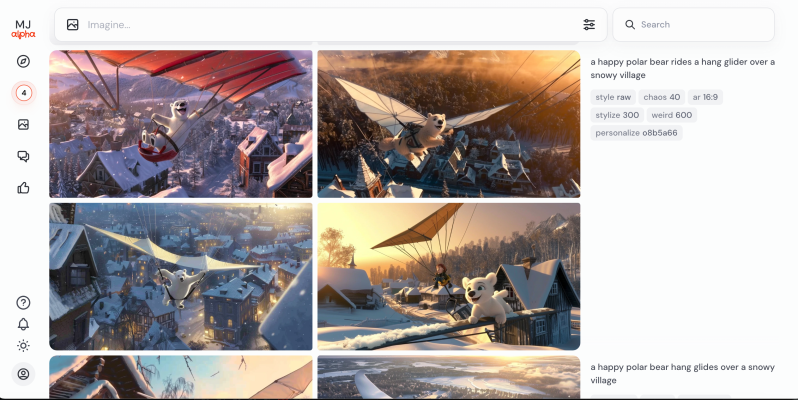
MidJourney’s image generation interface provides extensive customization options. Users can control stylization, weirdness and variety through intuitive sliders, allowing for precise creative expression. The user-friendly design ensures a smooth experience, catering to artists and designers looking for flexibility and control over their creations.
Suno AI
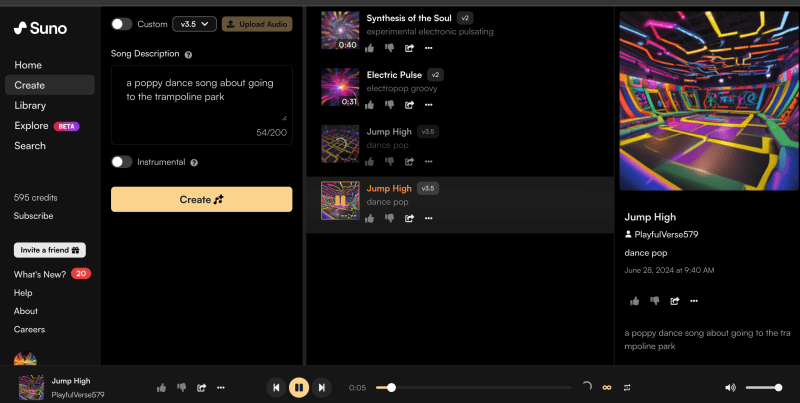
Suno AI focuses on AI-driven music creation, featuring a straightforward interface for generating songs based on user prompts. It includes options for song description, style selection and instrumental toggles, making it accessible to users with varying levels of musical expertise. The platform emphasizes creativity and user-friendly interactions.
Interwoven Through Different Existing Features and Interfaces
Apple Intelligence in iOS 18
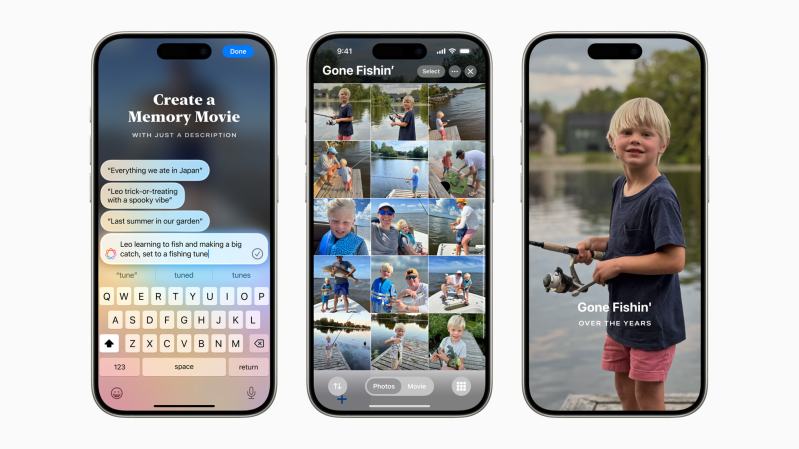
Apple’s AI features in iOS 18 provide advanced writing tools and personalization options directly within the operating system. The interface is simple and accessible, enabling users to generate and edit text, create custom emojis, and personalize messages effortlessly. These tools enhance everyday tasks, integrating AI seamlessly into the user experience.
Meta AI
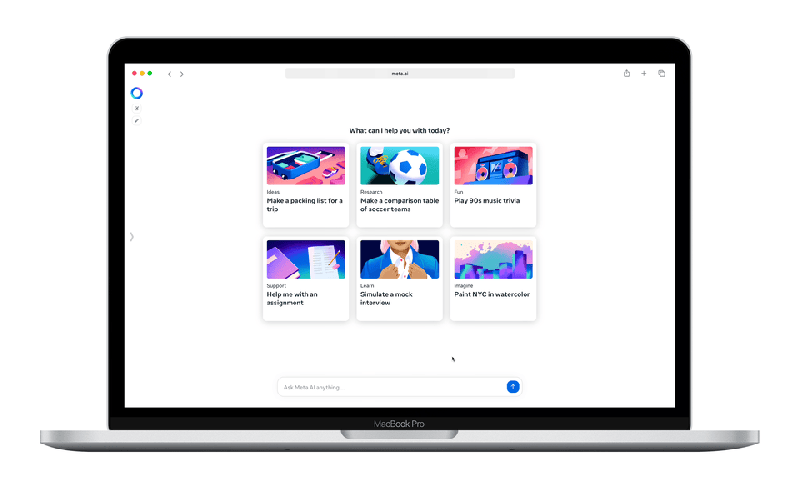
Meta AI, based on the company’s open-source Llama chatbot, merges social media dynamics with AI interactions. Its platform focuses on community engagement and interactive content creation, allowing users to generate and share AI-driven posts seamlessly. The design is visually appealing and integrates social features, making it popular among younger audiences for its engaging and interactive approach.
In summary, these AI services showcase diverse interfaces tailored to specific user needs, from conversational chatbots and advanced research tools to creative content generation and emotionally intelligent interactions. Each service offers unique features that enhance user experience, productivity, and creativity.
Interface Designs Categorized
By examining these diverse interfaces, it’s clear that the future success of generative AI services hinges on design and user experience.
The upcoming VB Transform 2024 conference will further explore these themes with expert panels discussing the cross-functional future of AI, featuring leaders. We hope to see you there!
This convergence of design, UX, and cross-functional teamwork is shaping the future of AI applications, ensuring they not only function well but also delight users while adhering to ethical standards.
